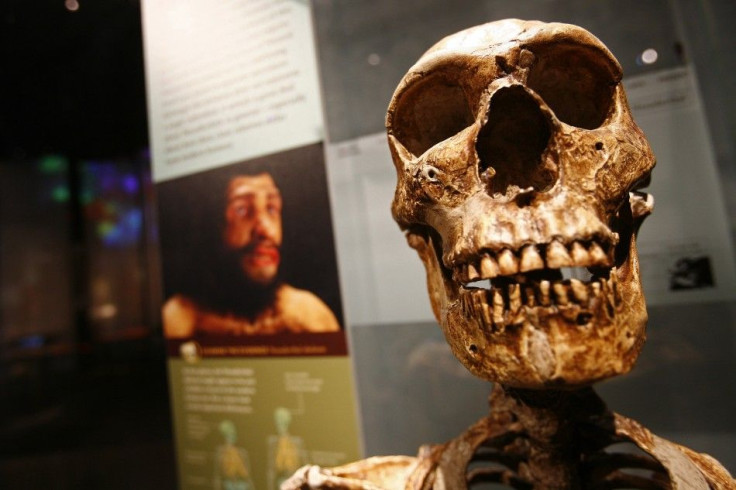Scientists Suggest A. sediba is Closer to Humans Than Previously Thought

A team of scientists has suggested that Australipitheus sediba might be a direct ancestor to humans, the Independent Online reported.
If this is true, the A. sediba would shift the place of Homo habilis as the immediate human ancestor, The New York Times said.
The scientists' papers were published in the journal Science, and describe parts of two skeletons from a male and female that were discovered in Malapa, part of the Cradle of Humankind World Heritage Site in South Africa.
Professor Lee Berger of the Institute of Human Evolution at the University of the Witwatersrand in South Africa described the fossils.
The fossils demonstrate a surprisingly advanced but small brain, a very evolved hand with a long thumb like a humans, a very modern pelvis, but a foot and ankle shape never seen in any hominin species that combines features of both apes and humans in one anatomical package, Berger said, the IOL reported.
Author Steven Churchill of Duke University was also involved in the study.
Au. sediba has a number of derived characteristics, which it shares with the genus Homo, Churchill said, Ars Technica reported. If you were to make a list of these shared traits -- including those seen in habilis, rudolfensis and sediba -- the list for sediba would be much longer than the other two, which suggests it's a good ancestor of the first species that everyone recognizes in the Homo genus: H. erectus.
© Copyright IBTimes 2025. All rights reserved.





















